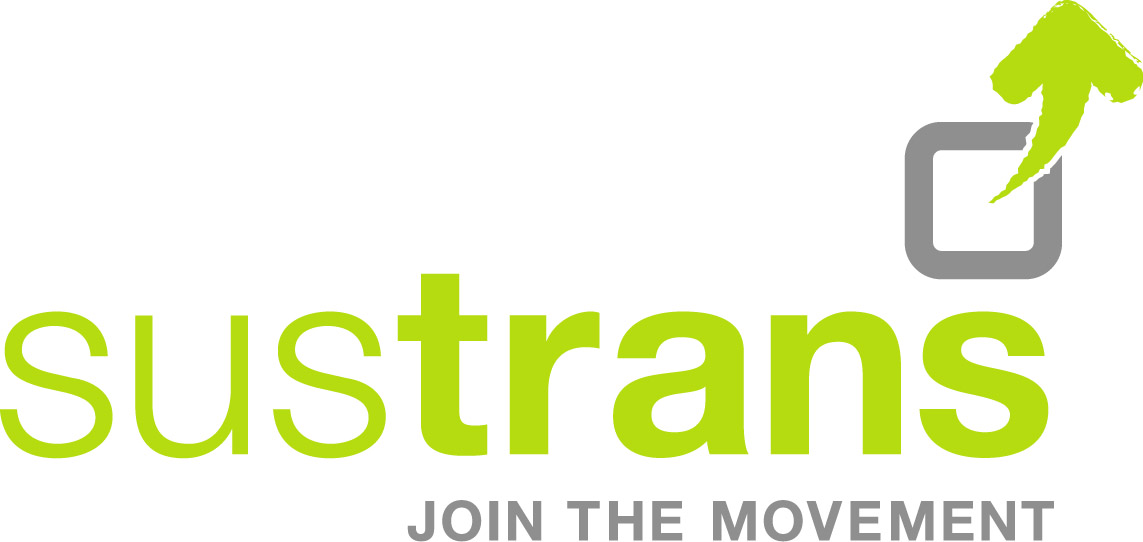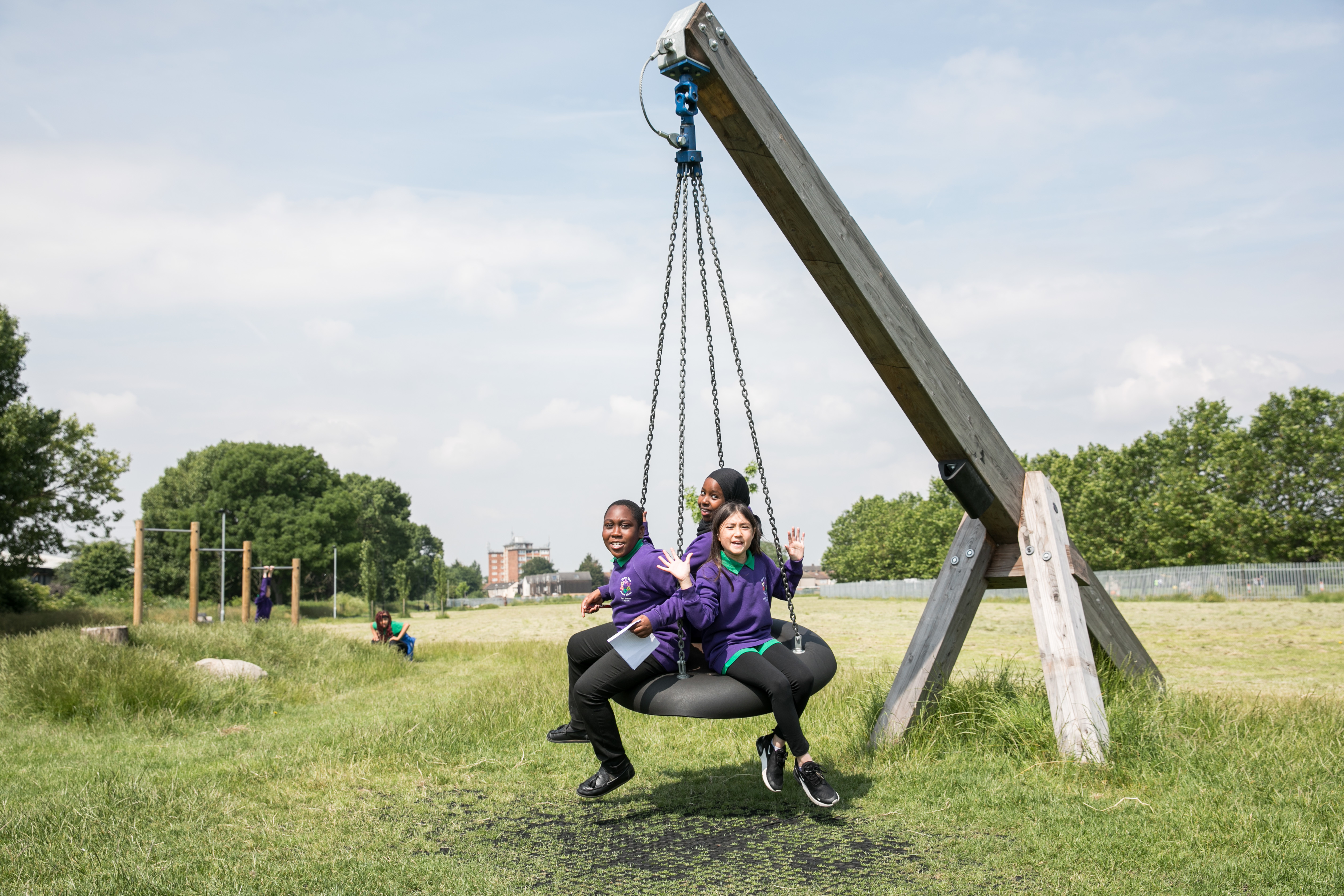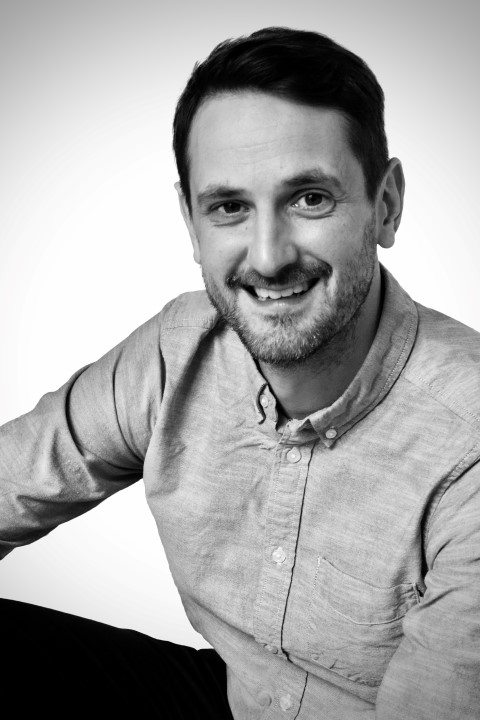

Welcome to the 8 Questions, where we ask senior figures in the sector the questions every business leader and ambitious professional wants answered. In this edition, Ben Addy, Head of Collaborative Design, Sustrans, is asked about creating better places, community engagement, what skills are needed, what leaders need to be thinking about now and much more.
Join other savvy professionals just like you at CIHT. We are committed to fulfilling your professional development needs throughout your career

For me, the one essential element is meaningful engagement. Understanding that not everyone’s vision for ‘better’ is the same and ensuring that you’re not simply delivering your own vision. Equity sits at the heart of a ‘better place’. You achieve this by engaging meaningfully with local communities and stakeholders, giving them as much power and agency as is possible.
By ensuring that we were always communicating. Having open, transparent, and clear communication channels between the delivery team and the local communities, and with wider stakeholders and partners. This approach built trust, allowed us to tackle any issues or obstacles before they became insurmountable and allowed the project to develop in exciting and interesting ways.
To ensure that funders feel as part of the journey as everyone else.
By not imposing this project on local communities but allowing it to develop naturally from conversations with local people over a period of time.
We did this by ensuring local people felt a sense of ownership over the space, had their voices heard, and were given the opportunity to shape the design. By doing this we created a space that people wanted to be in, to care for and to build upon. We worked closely with local stakeholders, including resident groups and schools, so that they would recognise the value of the space as a long term resource. We installed features in the space, seating, artwork and play equipment, that were robust yet in keeping with the environment. Through the project, we positioned The Ripple Greenway as just the beginning rather than an end in itself. We wanted the space to inform wider design across Barking Riverside to ensure a positive legacy throughout the local area.
It goes without saying that thoughtful and people-centred design is essential. However, I believe without meaningful, comprehensive and equitable engagement and communication, even the most ambitious ‘better places’ project will fail. In particular, those facilitation and engagement skills are essential in reaching those within local communities who have previously been excluded and who will likely benefit the most from changes.
We spent a lot of time in the project area, meeting people, building trust, listening to issues and ideas, and gaining a greater understanding of the neighbourhood. We went to people rather than expecting them to come to us. We made it clear that they were the experts of their local area and we were there to learn. We had a history of working in the vicinity of the Ripple Greenway, so local leaders were able to make introductions on our behalf. Sustaining engagement was possible due to the amount of work we put into it from the outset. We raised levels of expectation within the local communities and facilitated an on-going conversation which naturally developed as the project progressed
We take monitoring and evaluation very seriously. The user data reassured us that the scheme was a success along with the brilliant stories we were told by local people whenever we visited the project area. It was partially completed over lockdown and as soon as construction started, local people of all ages and demographics were using it. Children playing on the equipment, neighbours chatting on the benches, families engaging with the artwork and workers using the space on their lunch break.

Understanding that projects in our streets and spaces don’t sit in a vacuum. That we shouldn’t simply react to a minority of loud voices. We need to deliver data-led, holistic, people-centred projects to transform how we think about and use these spaces. It isn’t enough to think about single objectives. We need to consider multiple issues at the same time, be it delivering greater equity, active travel, tackling the climate crisis, greening our cities, and creating interesting, social spaces.

The opinions expressed in this article are those of the authors. They do not purport to reflect the opinions or views of the CIHT or its members. Neither the CIHT nor any person acting on their behalf may be held responsible for the use which may be made of the information contained therein.
Join other savvy professionals just like you at CIHT. We are committed to fulfilling your professional development needs throughout your career